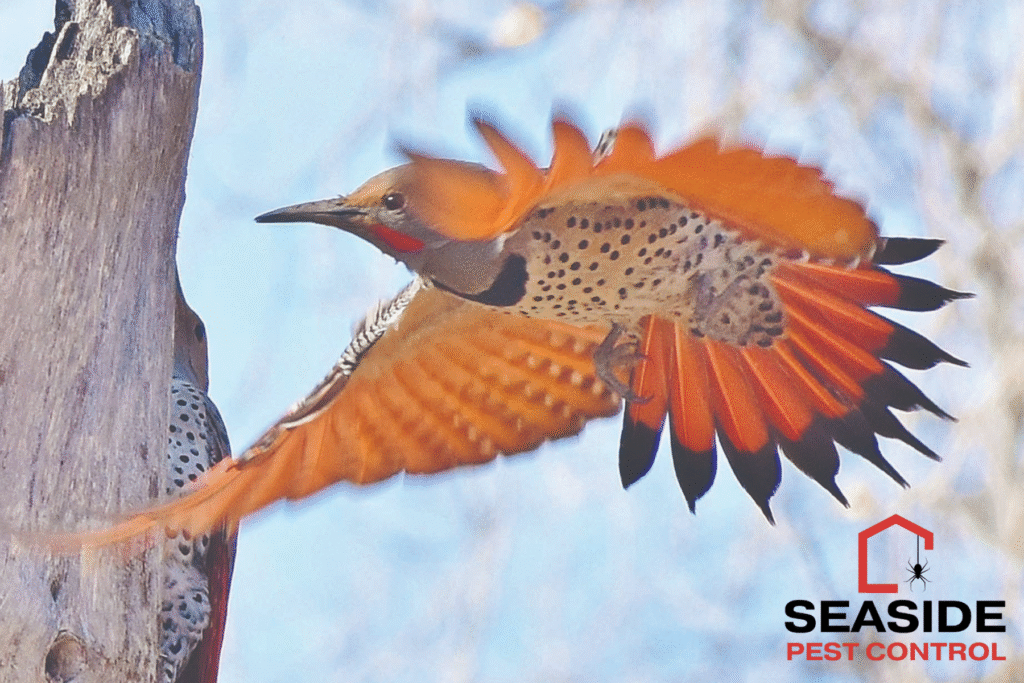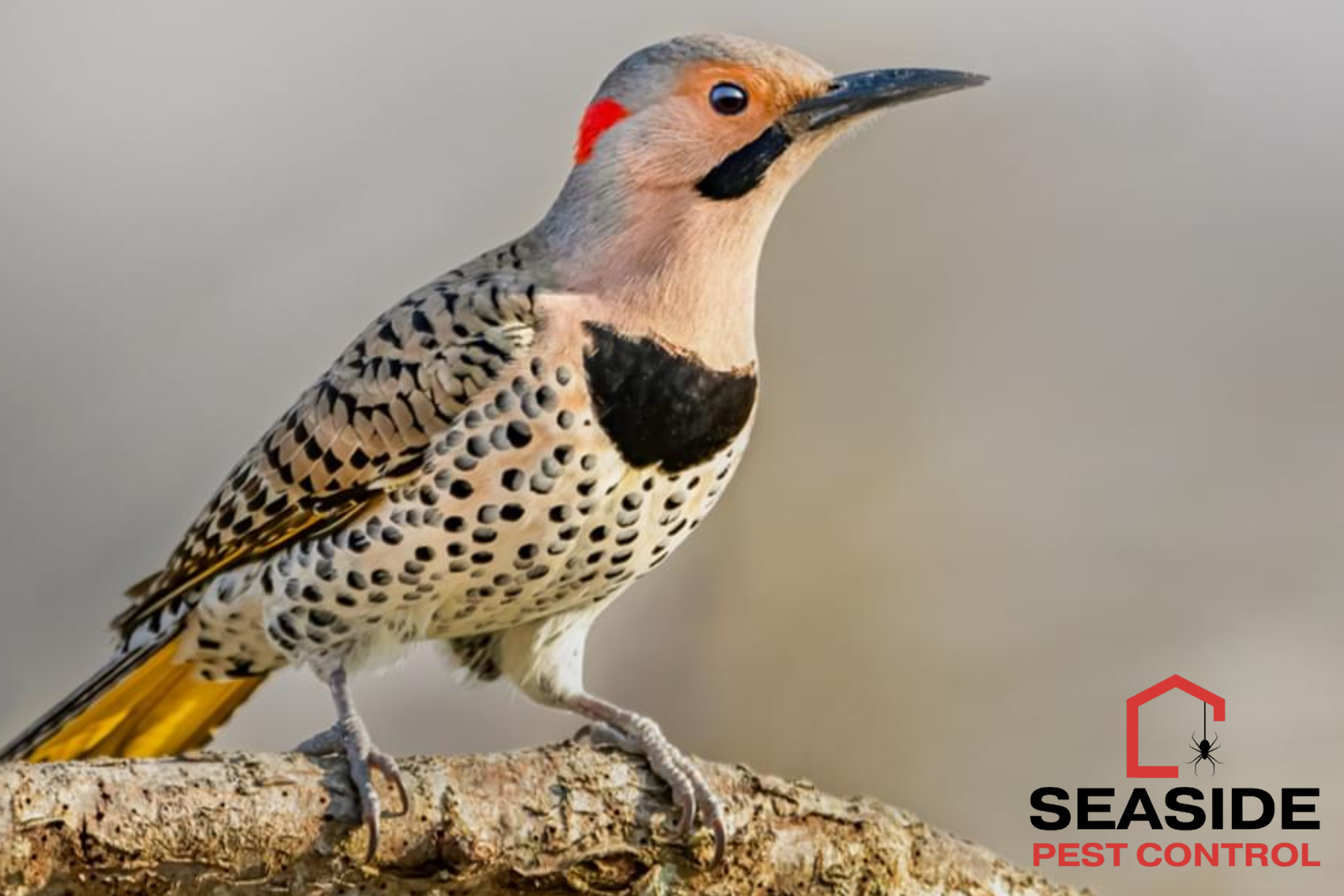The Role of Flicker Birds in Ecosystems: Why These Woodpeckers Matter
Flicker birds, commonly known as woodpeckers, play a crucial role in maintaining the health of ecosystems. These fascinating birds not only contribute to biodiversity but also aid in various environmental processes. In this article, we will explore the importance of flicker birds in ecosystems, highlighting how they support plant and animal life. Whether you’re fascinated by their unique behavior or looking for ways to appreciate these birds in your backyard, understanding their role in nature will deepen your appreciation for their presence.
Understanding Flicker Birds and Their Role in the Environment
Flicker birds BC are a type of woodpecker that belongs to the Colaptes genus, found in various regions across North America. These birds are known for their distinctive call and their behavior of pecking at tree trunks, creating small holes. They are especially common in wooded areas but can also be spotted in urban settings, where their presence can be both a delight and a challenge.
Their role in ecosystems extends beyond their visually appealing appearance. These birds contribute significantly to the natural world, benefiting not just plants and trees, but also various species that depend on their actions. Their behavior has far-reaching ecological impacts, including the following:
1. Insect Control and Population Management
One of the primary roles of flicker birds is controlling insect populations, particularly in forests and other natural habitats. Woodpeckers are known to peck at tree trunks and branches to locate insects, particularly beetles and ants. This action helps reduce the number of harmful pests that can damage trees and plants, contributing to overall forest health. By keeping insect populations in check, flicker birds prevent the overpopulation of pests that can lead to tree diseases and forest degradation.
Moreover, by feeding on pests, they maintain a natural balance that reduces the need for human intervention in pest control, offering a “green” solution to preserving local flora.
2. Tree Health and Deadwood Removal
Flicker birds play a vital role in maintaining tree health, specifically through their feeding habits. When flickers peck at trees, they create cavities that promote the decomposition of deadwood. This natural process is crucial in forest ecosystems, as decaying wood provides nourishment for various organisms, including fungi, insects, and small mammals.
Additionally, the cavities left behind by flickers are often used by other animals, including squirrels, bats, and smaller bird species. This provides a secondary benefit, creating a home for other wildlife and contributing to a rich, diverse ecosystem.
3. Habitat for Other Species
The act of drilling into trees doesn’t just serve the flicker birds themselves; it creates habitats for a variety of other species. Once a flicker bird has created a hole in a tree, it often becomes a shelter for many creatures. For example, smaller birds such as chickadees, nuthatches, and tree swallows may occupy the abandoned cavities, using them for nesting.
In addition to birds, mammals like bats, squirrels, and insects can take advantage of these natural cavities for shelter and breeding. This interdependence fosters a diverse and thriving environment, making flicker birds key players in the habitat structure.
4. Seed Dispersal and Plant Growth
While flickers are known for feeding on insects, they also play a role in seed dispersal. As these woodpeckers forage for insects, they inadvertently spread seeds by carrying them from one location to another. This helps promote plant growth across wider areas and supports the spread of native species in forested environments.
By fostering plant growth, flicker birds contribute to maintaining a balanced ecosystem, where trees and plants can thrive. Healthy vegetation also supports a range of other wildlife, creating a web of life where each species plays a part in the overall health of the habitat.
5. Indicator Species for Ecosystem Health
Flicker birds can also act as indicator species, meaning their presence and behavior can be used to assess the health of an ecosystem. A decline in their numbers or changes in their behavior may signal environmental problems, such as habitat destruction, loss of food sources, or pollution. As such, monitoring flicker bird populations can provide valuable insights into the state of local ecosystems, helping conservationists and researchers take timely action to protect vulnerable habitats.
6. Human-Wildlife Interaction and Bird Control
While flicker birds are beneficial to the environment, their presence in urban or suburban areas can sometimes lead to conflicts with humans. Flickers may damage buildings, create unsightly holes in siding, or become problematic around agricultural areas. This is where bird control measures come into play, ensuring that both humans and flicker birds can coexist without negative consequences.
If you’re dealing with flicker bird issues in or around your property, it’s important to employ professional bird control services to handle the situation appropriately. Bird control near me services can help manage the problem without harming the birds or disrupting local ecosystems.

Why Flicker Birds Matter: The Bigger Picture
The flicker bird’s role in an ecosystem is multifaceted. From Vancouver pest control and habitat creation to plant growth and serving as an indicator species, these woodpeckers are integral to the balance of nature. They contribute not only to the health of trees and plants but also support a wide variety of other species that depend on them for food and shelter. By understanding their significance, we can appreciate the delicate interplay between species and the essential role that each plays in maintaining ecosystem health.
How Seaside Pest Control Inc. Can Help
At Seaside Pest Control Inc., we understand the importance of maintaining a healthy and balanced ecosystem. Our team of certified technicians is committed to providing effective bird control solutions, including safe and humane methods for managing flicker bird issues. If you need assistance with bird nest identification, including bird nest identification pictures, or require pest control Vancouver, we are here to help. We offer a range of pest control services, including general pest control, wildlife removal, and specific solutions for birds and rodents.

